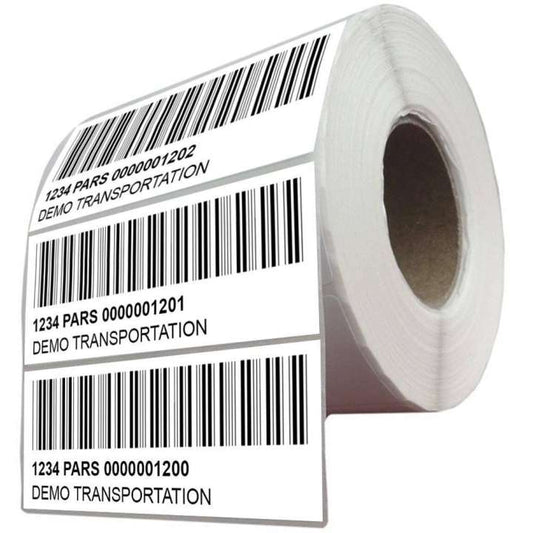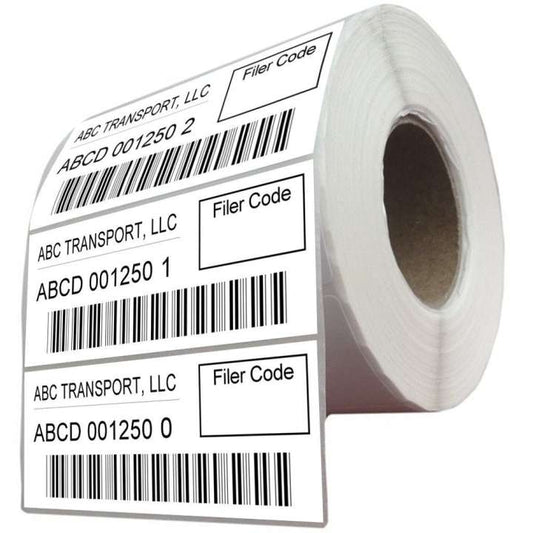Cross-border trade between the United States and Canada has long been a cornerstone of North American commerce. But with recent shifts in global trade policy and a rise in tariffs on certain goods, the landscape is changing—fast. For trucking companies, these changes present new challenges, but also opportunities to adapt, evolve, and lead.
In this article, we’ll explore practical ways that cross-border trucking companies can adjust to the realities of increased tariffs, maintain compliance, and stay competitive.
1. Stay Informed on Tariff Changes in Real-Time
Tariffs can change quickly, and staying ahead of the curve is essential. Subscribe to updates from:
- Canada Border Services Agency (CBSA)
- U.S. Customs and Border Protection (CBP)
- Global Affairs Canada
- U.S. Trade Representative (USTR)
Understanding which goods are affected by new tariffs helps dispatchers, brokers, and drivers plan routes and documentation more accurately. Being informed avoids costly delays and surprise fees at the border.
2. Partner Closely With Customs Brokers
Customs brokers are more valuable than ever in today’s tariff-heavy environment. Partner with experienced brokers who:
- Specialize in cross-border U.S.-Canada freight
- Provide tariff classification and valuation services
- Stay current on temporary exemptions or retaliatory tariffs
Brokers can help ensure proper classification of goods, minimizing the risk of overpaying duties or facing penalties for misclassification.
3. Reassess Freight Routes and Cargo Mix
With increased tariffs making certain goods more expensive to move across the border, trucking companies may need to reconsider what they’re hauling—and where.
- Re-evaluate your most frequent lanes. Some may no longer be profitable.
- Prioritize lower-tariff or tariff-exempt goods that still require dependable cross-border transportation.
- Work with shippers to identify new opportunities in growing sectors like agricultural products, energy equipment, or e-commerce.
4. Improve Operational Efficiency to Offset Costs
Higher tariffs may increase overall shipping costs. Trucking companies can adapt by finding savings elsewhere in their operations:
- Implement or upgrade route optimization software to reduce fuel and time expenses
- Train dispatchers to improve load planning and backhaul coordination
- Adopt electronic logging devices (ELDs) and fleet management systems for better visibility and compliance
Efficiency improvements can make up for tighter margins created by tariffs.
5. Embrace Trade Compliance Technology
Using software platforms that help with eManifest submissions (ACE and ACI), customs compliance, and documentation accuracy can prevent costly border delays.
Platforms like BorderConnect, Descartes, or Project44 can streamline:
- Driver lead sheets
- Entry number assignments
- Real-time status tracking
- Automated alerts for compliance issues
Reducing paperwork errors becomes even more important when the stakes—and tariffs—are high.
6. Explore Foreign Trade Zones and Bonded Warehousing
Some trucking companies are turning to Foreign Trade Zones (FTZs) in the U.S. or bonded warehouses in Canada to mitigate the impact of tariffs.
These facilities allow goods to be stored, assembled, or processed without being subject to duties until they officially enter the domestic market. This strategy is especially effective for high-value or tariff-intensive products.
7. Communicate Transparently With Customers
Your clients are feeling the pressure of rising tariffs too. Proactive communication can help maintain strong relationships:
- Explain how tariffs impact delivery times and costs
- Offer strategic alternatives for routes or goods
- Be clear about any changes in pricing or service levels
Being a trusted advisor during uncertain times can set your company apart.
Stay Agile, Stay Ahead
The rising tide of tariffs between the U.S. and Canada is undeniably reshaping the cross-border freight industry. But for trucking companies that stay informed, embrace technology, and make smart operational adjustments, the road ahead is still full of opportunity.
By proactively adapting to the new trade environment, you’ll be well-positioned to continue delivering value for your customers—on both sides of the border.








